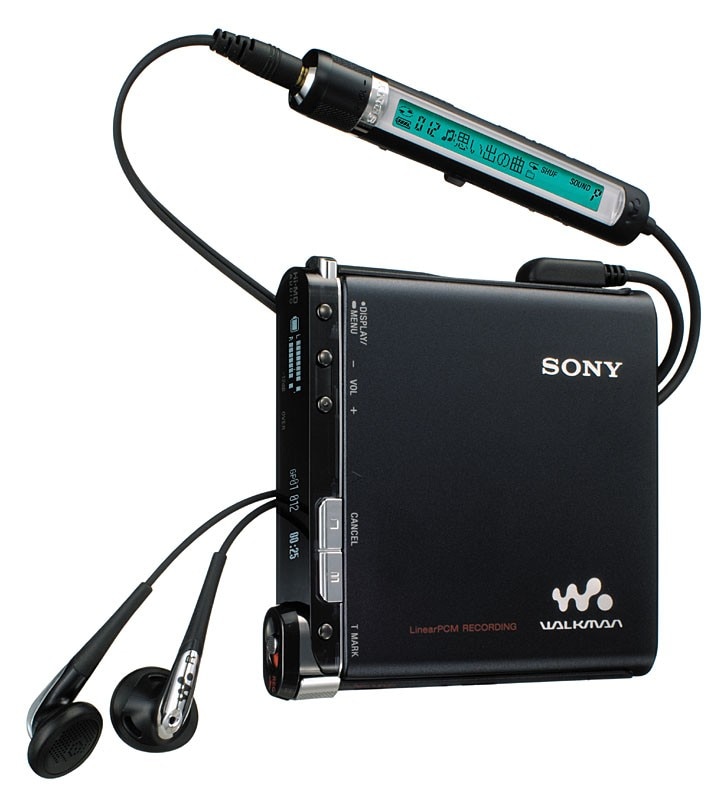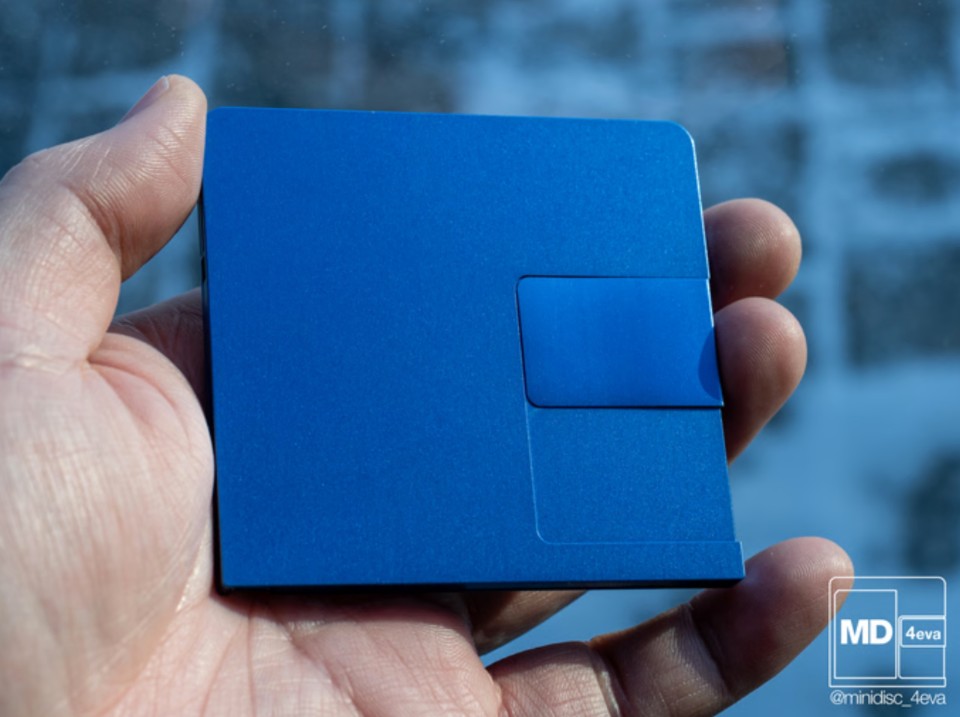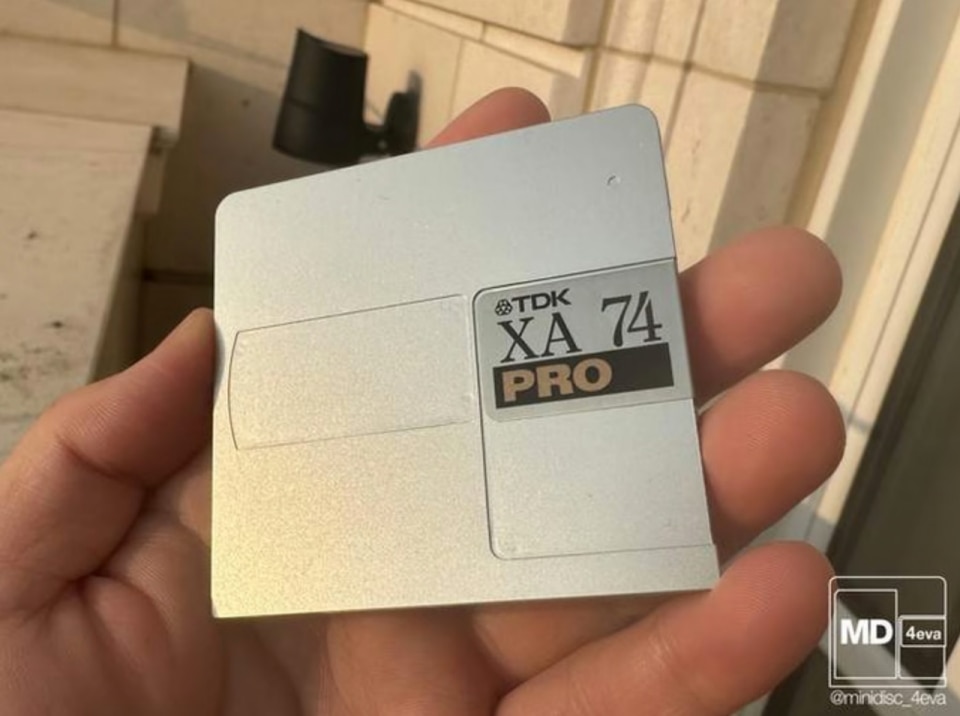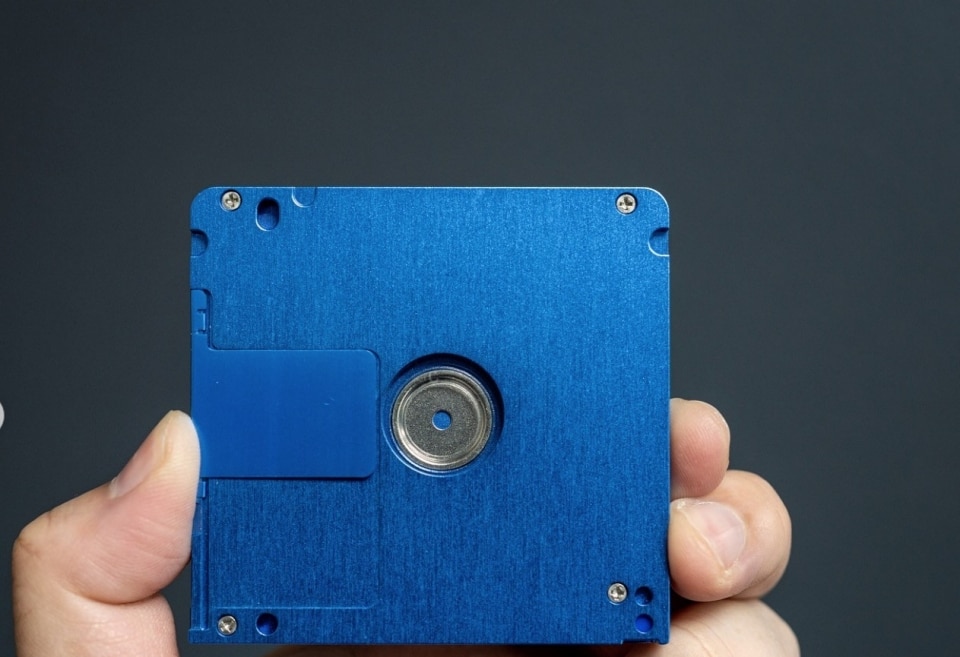In the world of music media, few formats have managed to combine compactness, sound quality, and technological charm quite like the MiniDisc. And few have been as unlucky and underused, considering their potential. Launched by Sony in the early ’90s, this small magneto-optical disc offered a near-perfect synthesis of analog and digital, becoming an essential companion for many audio enthusiasts in the pre-iPod era. While it never reached the global popularity of the compact disc, the MiniDisc earned a loyal niche following thanks to its durability, recordability, and undeniable futuristic appeal.
Today, in an age ruled by streaming, the MiniDisc is making headlines again in an entirely new form: billet aluminum. Designed by industrial designer Eddie Chan, this crowdfunded creation is more than just a nostalgic tribute—it’s a thoughtful reinterpretation for collectors and design lovers alike.
I didn’t want to make just another injection-molded plastic disc.
Eddie Chan, designer of the new MiniDisc

“One of the things that made MiniDiscs special was how many different brands made them, each with its own unique aesthetic,” says Eddie Chan. “But I noticed that only one disc was ever made using metal alloy: the Sony MD2000. It was constructed with two pressed magnesium pieces—a material Sony often used in their portable devices at the time. It’s a beautiful disc and a collector’s item today. But I wanted to go further.”
In 2023, Chan began reverse-engineering the MiniDisc, taking inspiration from various styles—particularly two screw-assembled models: the TDK MD-XG and the TDK Pro. “I didn’t want to make just another injection-molded plastic disc,” he explains. Instead, he modified the TDK Pro’s design to create a version that could be machined from a solid aluminum billet.

Material-wise, aluminum proved ideal: it’s easier to work with than steel, doesn’t rust, and can be anodized to add color without requiring paint—avoiding extra layers or weight. “Aluminum gives a satisfying sense of heft when you hold it,” Chan says, “and it feels cool to the touch. In that moment, you know you’re holding something special.”
Inspired by the iconic TDK Pro, the first prototype was completed at the end of 2023 as a simple experiment—with surprisingly impressive results. To preserve the original style, some parts from vintage discs were reused in the first build. Later iterations introduced modifications to simplify production and reduce costs. The second prototype was made from raw aluminum to further lower production costs, and then hand-polished—marking a starting point should the design prove successful.

Prototypes 3 and 4 were outsourced to external manufacturers and featured a brushed finish to give the product a refined, distinctive look. However, this finish led to slight warping of the aluminum. As a result, the disc required 5-axis CNC milling to prevent deformation, while sandblasting was chosen for the final surface treatment.
Despite early plans to reuse original MiniDisc components, the vast variety of models made that approach unfeasible. Chan therefore designed and manufactured a complete set of custom molds to produce metal shutters, write-protect blocks, and plastic sliders from scratch.

Each design change required new prototypes—including a gold version, and finally a blue one tested at the beginning of 2025. This final stage introduced micro-functional details: filleted edges around screw holes to avoid snagging, and a new notch to improve access to the write-protect tab. Over multiple tests with specialist suppliers in China, every element was refined to create a fully functional, beautifully crafted disc. The final version—made from 6061 billet aluminum and anodized in five colors—strikes a balance between engineering precision and reverence for the original format. If used correctly, it could last forever.
Eddie Chan’s MiniDisc isn’t available in stores, but you can support the project through the ongoing Kickstarter campaign. For around €109, you can pre-order a disc to be delivered this coming September.


